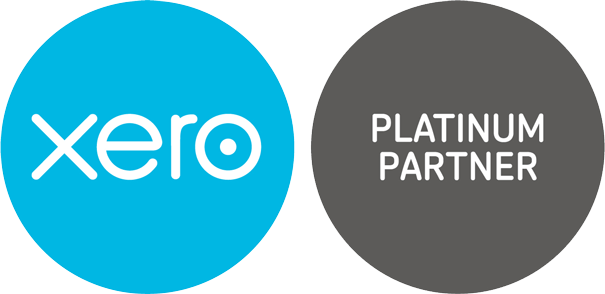News
Easter Weekend updates to the Coronavirus Job Retention Scheme
15 April 2020
Over the Easter Weekend, the Government published a further update to its guidance on the operation of the Coronavirus Job Retention Scheme (CJRS).
The CJRS allows employers to retain employees on the PAYE Payroll who are not carrying out work for them by placing them on furlough and to claim a grant of 80 per cent of a furloughed employee’s usual pay, plus employer National Insurance Contributions (NICS) and minimum employer auto-enrolment pension contributions.
The updated guidance provides further clarification to employers on a number of points, including:
- Workers on all categories of visa can be furloughed, including those that do not allow access to public funds.
- Employees who are currently off sick can be furloughed for business reasons and moved from Statutory Sick Pay (SSP) to furlough pay.
- Employers have discretion as to whether to furlough those on long-term sick leave or continue to pay them SSP.
- If an employee becomes sick while furloughed, it is up to the employer whether to leave them on furlough or to move them to SSP. Furlough cannot be claimed at the same time as SSP.
- Employees who are shielding in line with public health requirements or who are staying at home with someone who is shielding can be furloughed. Previous versions of the guidance stated: “if they are unable to work from home and you would otherwise have to make them redundant.” This requirement has now been removed.
- New employers since 28 February 2020 can claim under the CJRS if either the TUPE or PAYE Business Succession Rules apply to the change of ownership of the business.
- Groups of companies that have consolidated their payrolls into a new PAYE scheme after 28 February 2020 can still furlough employees and claim under CJRS.
- Any employees furloughed on their return from statutory leave should be paid 80 per cent of their usual wages, rather than their statutory pay rate.
Information required to make a claim
Additionally, the Government has set additional information that employers will need to provide in order to be able to make a claim. The new full list of required information is:
- your employer PAYE reference number
- the number of employees being furloughed
- National Insurance Numbers for the employees you want to furlough
- Names of the employees you want to furlough
- Payroll/works number for the employees you want to furlough
- your Self-Assessment Unique Taxpayer Reference or Corporation Tax Unique Taxpayer Reference or Company Registration Number
- the claim period (start and end date)
- amount claimed (per the minimum length of furloughing of 3 consecutive weeks)
- your bank account number and sort code
- your contact name
- your phone number
IR35 in the public sector
Within the updated guidance, the Government has provided detailed information about how the CJRS will work for contractors working within the scope of the IR35 off-payroll working rules in the public sector.
The guidance states that it may be appropriate to furlough IR35 contractors deemed employees “in a small number of cases”.
The public sector organisation would then have to confirm this with both the contractor’s Personal Service Company (PSC) and the fee-payer and agree between the parties that the contractor will not carry out work for the organisation during the period of furlough.
The fee-payer – usually the agency that pays the PSC – will have apply for a furlough payment of 80 per cent of the monthly contract up to the £2,500 cap and the employer National Insurance Contributions (NICS).
The fee-payer will then need to pay the furlough payment in respect of wages to the PSC via PAYE and make the necessary tax and NIC deductions.
The PSC will have to report the payment to the contractor as deemed employment income via PAYE using box 58A on the PAYE Real Time Information return.
If a contractor opts to furlough themselves as an employee or director of their PSC, and they are still receiving an income from a public sector organisation, including through the CJRS, they must deduct this income from their reference pay for the CJRS.
Case Studies
-

Cut above the rest in personal management style
-

Taxing demands with old school charm
-
Child's play with proactive accounts management
-

A taste for growth, a thirst for knowledge
-

A modern approach required for music moguls
-

Customer care is top of the list for packaging business
-

Smiles all round for dental practice
-

A shared passion for architecture and a head for numbers
-

Sometimes a business does exactly as it says on the tin


